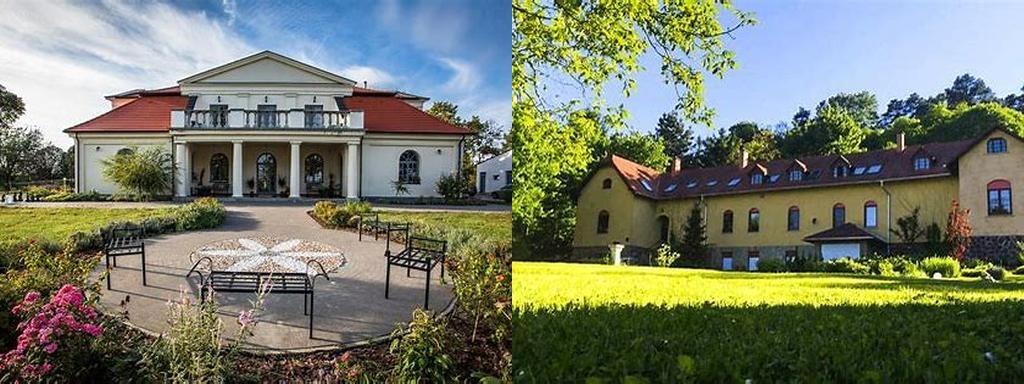
If you’ve ever ventured into the tranquil reaches of northern Hungary, there’s a fair chance you’ve not yet stumbled onto Selyeb, a small, quietly beautiful village tucked away in the rolling Borsod-Abaúj-Zemplén countryside. It’s not the kind of place that shows up on every tourist map, but what makes it wholly captivating is its centerpiece: the dignified, slightly timeworn Tiszta-kúria, also known as the Tiszta Mansion. Standing on a gentle rise at the edge of the village, this historic residence is more than just another relic—it’s a silent witness to centuries of rural Hungarian life, culture, and resilience.
Approaching the mansion, it’s hard not to be drawn in by its informality. Unmarred by tourist crowds, the grounds retain a sense of genial neglect and authenticity. Built originally in the early 19th century, Tiszta-kúria is intimately tied to the eponymous Tiszta family, minor nobility who played their part in local affairs during Hungary’s storied Austro-Hungarian era. Its architecture might not have the flamboyance of Baroque palaces or the ragged romance of ruined castles, but therein lies its charm—it was a living, breathing home. Stroll around the compact estate, and you’ll see that what sets the mansion apart is the quiet elegance of its classicist lines, the pale, weathered façade accentuated by shuttered windows and a simple portico, all encircled by venerable lime and chestnut trees.
If walls could talk, Tiszta-kúria would have remarkable stories to tell. The mansion once hosted family banquets, sure, but also hard-won strategic meetings during Hungary’s turbulent 19th century. Legend has it that in the fateful year of 1848—as revolution and reform swept across Europe—the estate saw gatherings of minds sympathetic to change, echoing the anxieties and aspirations of their time. After the world wars and shifting borders, the mansion survived changing regimes. It became home to different tenants, sometimes used for administrative purposes, sometimes sitting empty, battered by the march of progress but never completely forgotten. To walk its corridors today is to brush against that tapestry of lives—landed gentry, farm workers, postwar functionaries—all shaped by the ebb and flow of history.
What makes the mansion resonate with visitors is its palpable sense of continuity. Step past the creaking gate and you’ll find details that ground you in a rich past: an original coffered ceiling in the main hall, snatches of hand-painted floral stenciling hiding beneath more recent coats of paint, sturdy period furnishings rescued by local caretakers. But it’s not a museum in the traditional sense. The building reveals its scars and repairs openly, making you aware of the generations who left their mark, intentionally or not. It invites you to imagine life on the sprawling estate in its heyday: the murmured conversations after dinner, the steady rhythm of carriages on the gravel drive, the endless sweep of fields just outside the windows.
The grounds themselves are irresistible for anyone who loves quiet exploration. In springtime, wild violets and primroses color the old orchard, while the thick underbrush hints at secret paths children must have roamed in generations past. The neighboring granary, a stoic brick structure, recalls the agricultural pulse that once sustained families here. Wandering around, you’ll note how this space was created for both grandeur and practicality—enough room for entertaining, but always anchored by chores and the changing seasons.
Don’t expect guided tours with audio headsets or carefully staged reenactments at Tiszta-kúria. This is a place that runs at a slower, more thoughtful pace, where the reward is in pausing, looking closely, and paying attention to the small details. If you’re fortunate, a local caretaker will emerge to share anecdotes or invite you to see an old family photograph or tell you about the annual festival that sometimes brings past and present together in the courtyard. The mansion seems to always hold something back, a subtle reminder that, while history can be read, it can also be felt.
In Hungary, the grandest stories are often tucked away in the quietest corners. If your travels bring you to Selyeb, carve out some time for Tiszta-kúria. The world it suggests—of lives well-lived, of history unhurried—may linger with you long after you’ve left its shady avenue behind.





